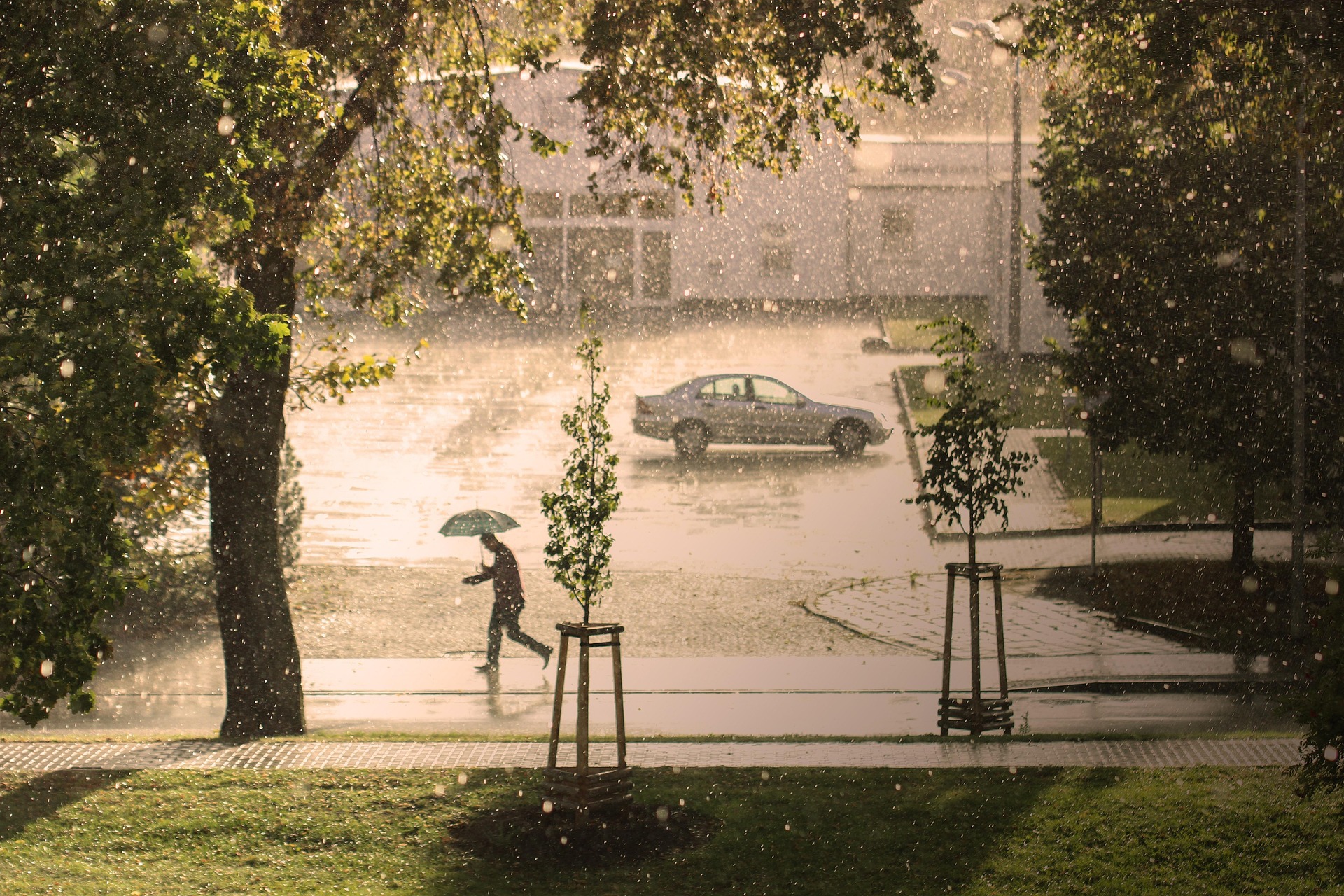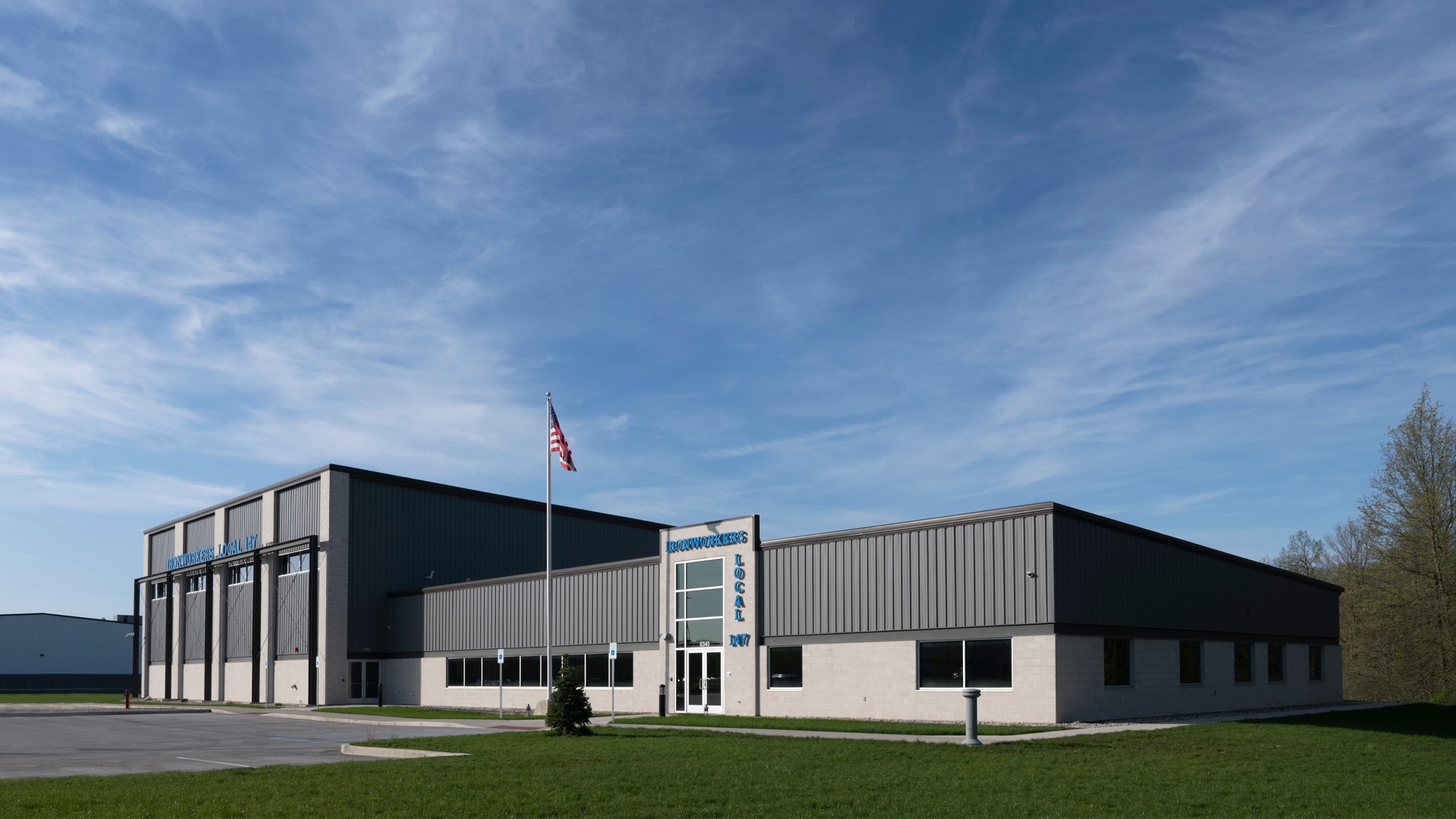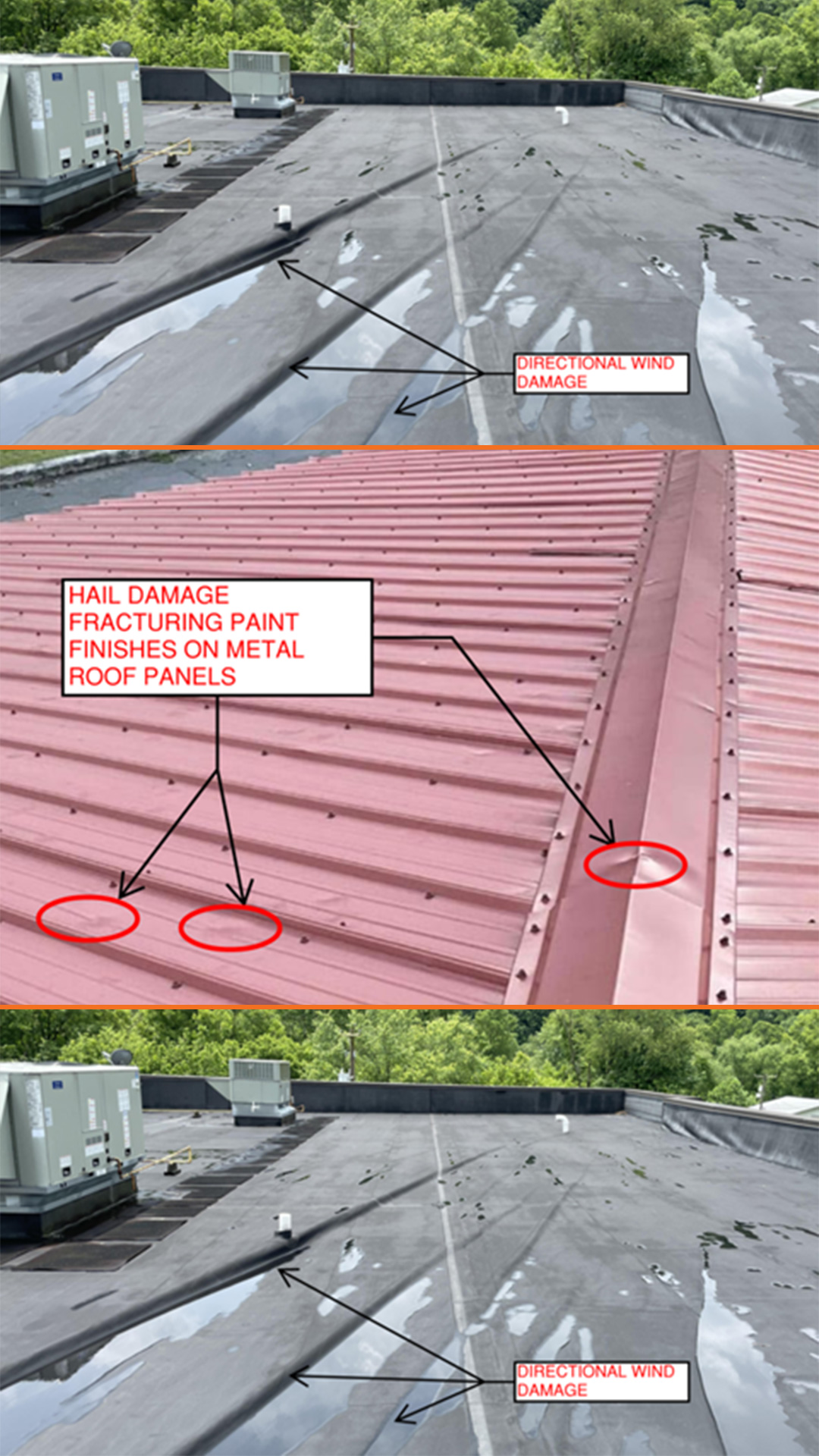Spring Storms: Why a Roof Inspection is More Important Than You Think
By Bob Sanderson, RRC, REWC
April 30, 2025Post Tagged in
Whoa, that was a rough spring storm!Strong spring storms traditionally deliver high winds, torrential rainfall, hail, lightning, and thunder. Late March and early April 2025 here in Northern Indiana and the surrounding communities experienced such storms, with wind speeds in several areas reaching 95 mph. |

|

 |
After these storms pass, the natural tendency is to walk around the building perimeter to visually look for any aesthetic damage or walk through the building interior to detect any water infiltration. However, it is not common to get on the roof to look for damage. And even if you do get on the roof and do a walkaround, the damage may be subtle and not noticeably visible. That’s why Design Collaborative recommends inspecting roof areas in the aftermath of severe spring storms. These roof inspections should be performed by a licensed commercial roofing contractor, a registered architect, or a registered roof consultant. This is important for low-sloped roof assemblies that may be under a roof membrane manufacturer warranty. Understanding Your Roof Warranty CoverageMost roof membrane manufacturer wind warranties provide roof coverage replacement up to and including 55 mph or 72 mph—in some instances, higher—depending on the type of coverage paid for by the owner at the time of purchase. Wind damage in excess of those wind speeds typically becomes an insurance claim. Annual Inspections: Your First Line of DefenseTo promote longevity of roofing material performance, it is important to have your roof inspected at least one time annually to detect and repair normal wear and tear conditions. It is also important to inspect low- and steep-sloped roofs in the aftermath of strong storms, especially storms accompanied by heavy winds and hail. Heavy wind and hail events can weaken roofing materials, minimizing the ability of the roof assembly to withstand future strong wind events or provide proper corrosion protection of base metals and ultraviolet protection of asphalt weathering layers. |
